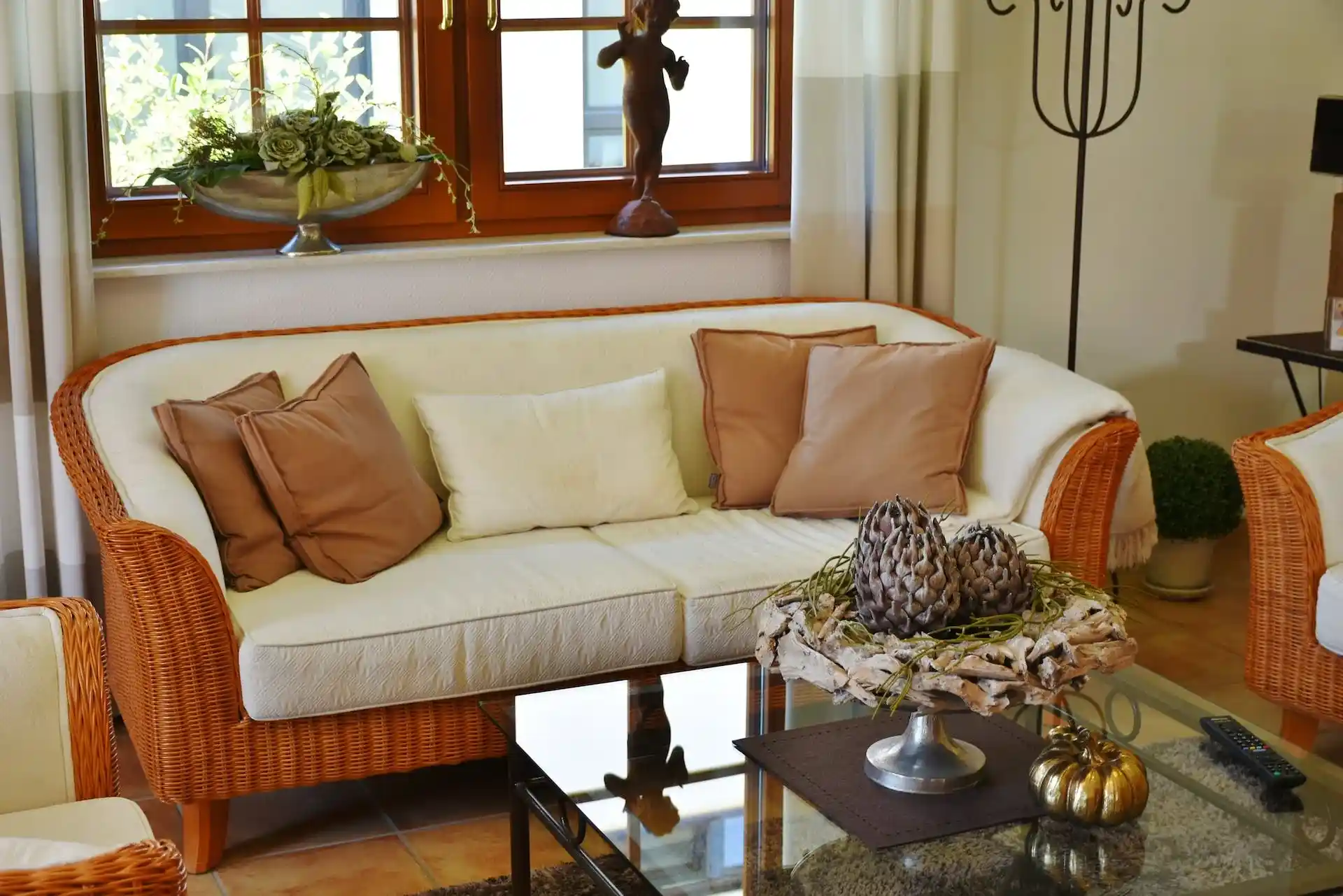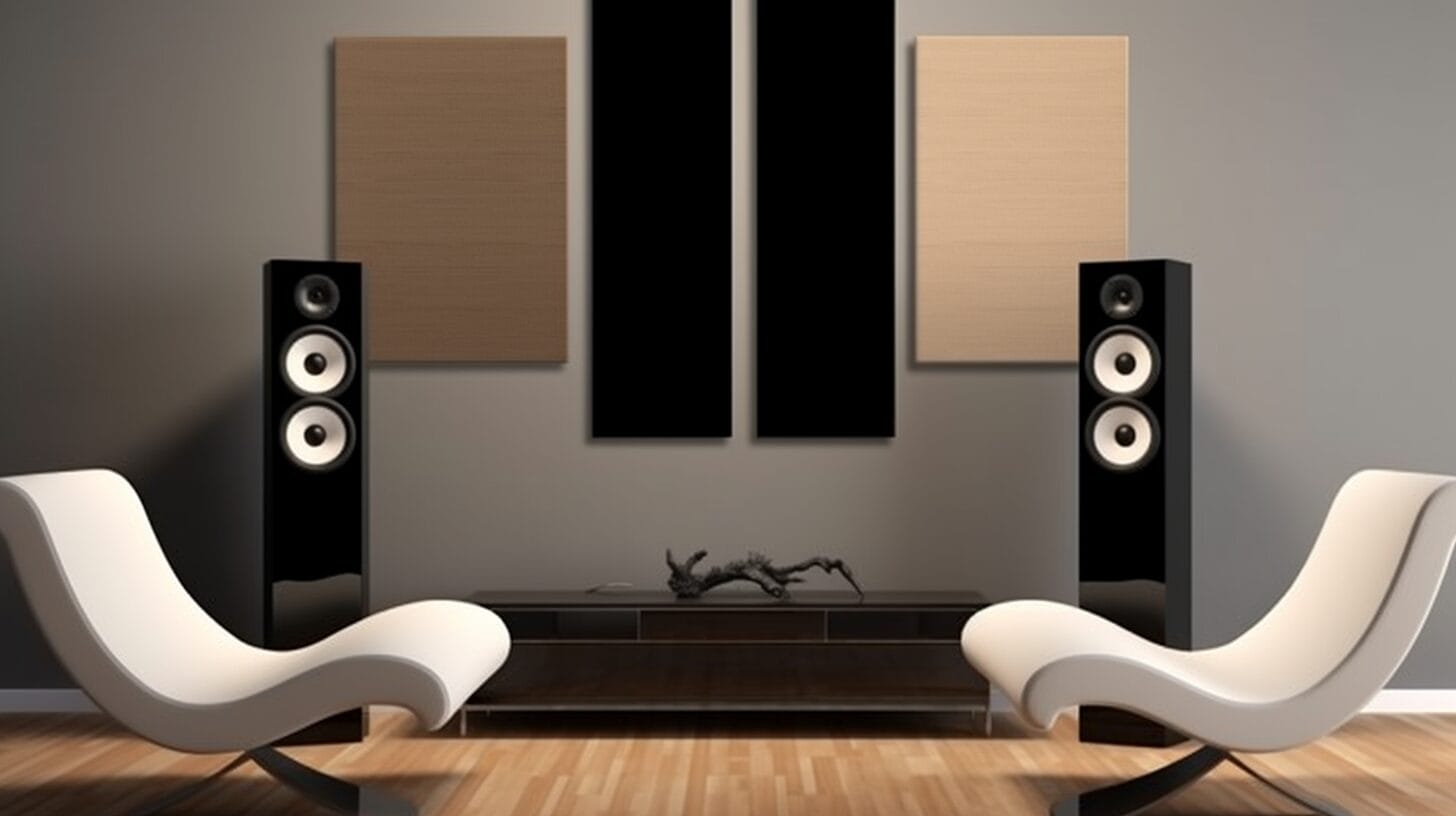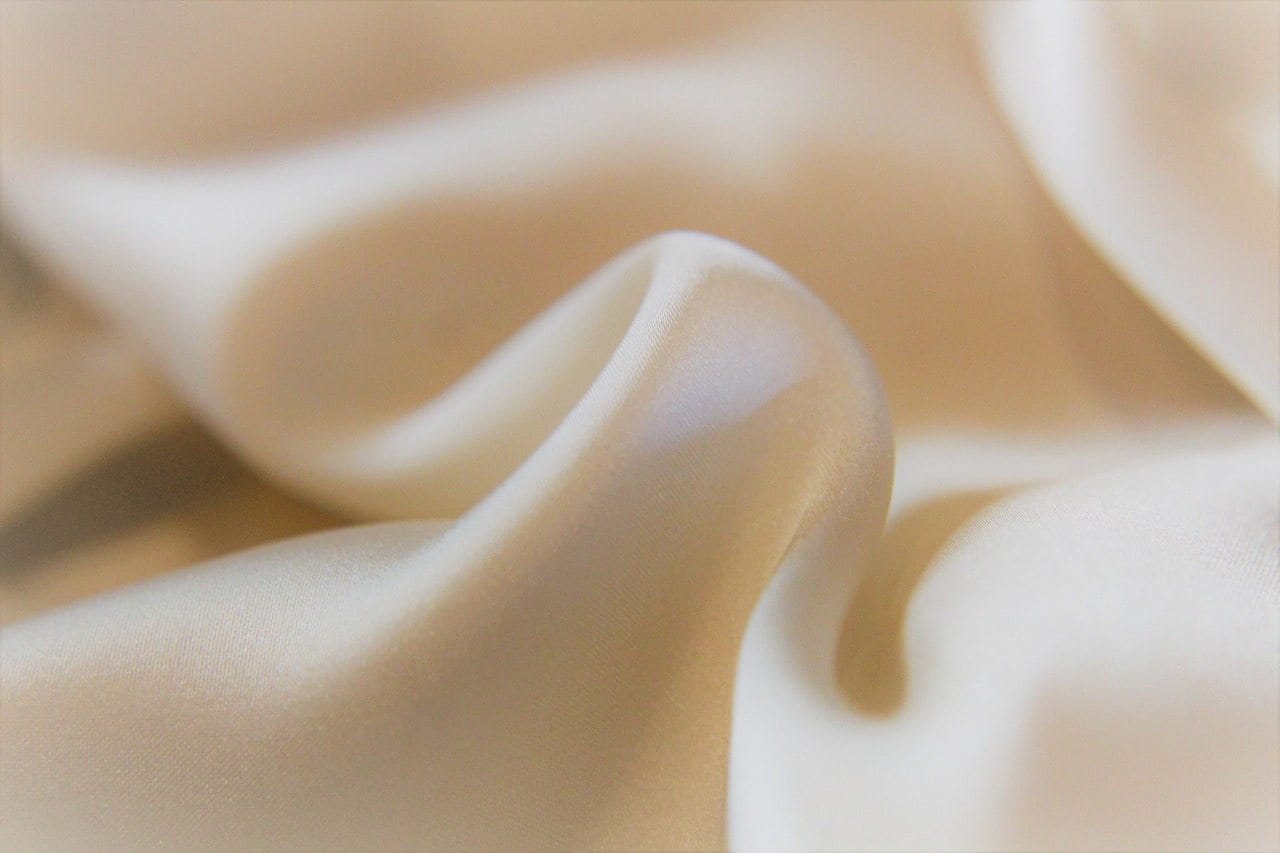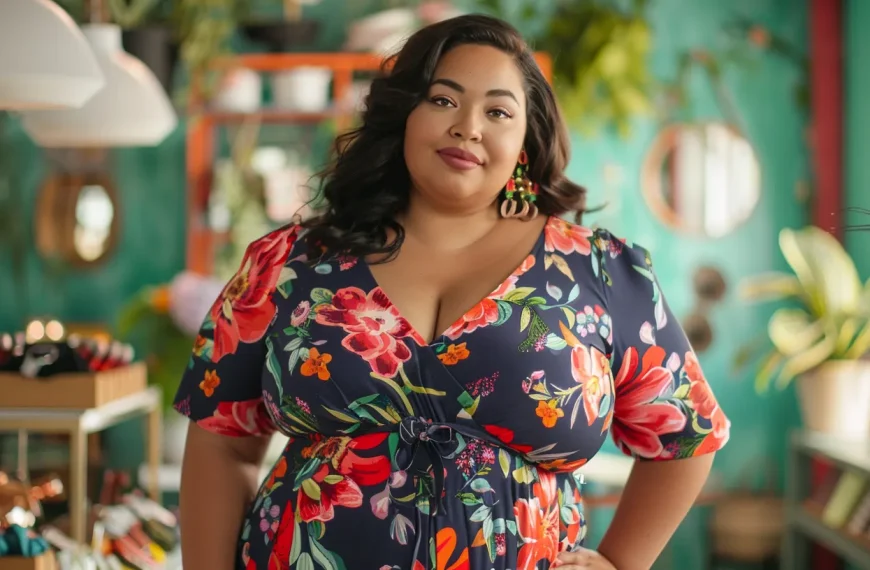In the realm of interior furnishings, the question “What are the most durable upholstery fabrics?” is a subject of both practicality and aesthetic preference. Upholstery is the workhorse of the furniture world. It must endure the rigors of daily life, balancing the demands of comfort, style, and longevity.
When selecting the most durable fabrics, understanding their composition and performance under stress is crucial. Then a question arises: which fabrics can withstand time without sacrificing visual appeal or comfort?
This discussion seeks to uncover the truth behind the claims by examining the various factors that contribute to the durability of upholstery materials. It invites those who are interested in extending the lifespan of their furniture.
What Are the Most Durable Upholstery Fabrics? Key Takeaways
- The most durable upholstery fabrics must resist stains, have colorfastness, have anti-pilling properties, and be easy to clean.
- Upholstery fabrics for pets should have high abrasion resistance and stain repellency. Microfiber fabric is a good choice. It is durable and easy to clean.
- Cleaning requirements for upholstery fabrics should include resistance to abrasion, stains, fading, and pilling. These fabrics should be easy to care for and maintain. They should have the ability to remove stains with a simple wipe.
- Stain resistance is important in upholstery fabrics. You can achieve it through treated fabrics. They balance aesthetic appeal with practical resistance.
Factors to Consider When Choosing the Most Durable Upholstery Fabric
Selecting the most durable upholstery fabric needs a comprehensive evaluation. Below are several factors you should consider when choosing the fabric.
Pets
For pet owners, it’s crucial to choose an upholstery fabric that combines high abrasion resistance and stain repellency. This ensures longevity and ease of maintenance.
Households with pets should prioritize materials like microfiber. It not only offers a soft, suede-like texture but also provides an inherent barrier to stains and spills. This durable upholstery fabric can withstand the active lifestyle of pets. It can resist scratches and snags while being easy to clean. Its tight-knit structure allows for simple spot-cleaning, preserving the aesthetic appeal of furnishings.
Additionally, microfiber’s densely woven fibers contribute to its high durability. This makes it an optimal choice for furniture subjected to the daily rigors of pet ownership.
Cleaning
When considering upholstery fabrics, it is imperative to assess the material’s cleaning requirements. Also, you should consider its capacity to maintain appearance over time.
The ideal fabric should offer ease of care and maintenance. This allows you to remove most stains with a simple wipe using a damp cloth. Fabrics that are resistant to pilling and staining ensure a consistently presentable look. They reduce the need for frequent, intensive cleaning.
Conversely, materials that are difficult to clean can lead to a decline in aesthetic appeal and a shortened lifespan. Thus, selecting a fabric with high durability standards is crucial.
Stain Resistance
Stain resistance is a critical factor in preserving the appearance and functionality. This is especially crucial in high-traffic areas or households with children and pets.
- Synthetic vs. Natural: Synthetic upholstery fabrics usually have better stain resistance than their natural counterparts.
- Treatment Benefits: Fabrics treated for stain resistance can repel spills and prevent pilling, enhancing fabric longevity.
- Selection Strategy: Choose materials that balance aesthetic appeal with practical resistance to stains.
- Fabric Innovations: Explore the latest advancements in fabric technology. They improve stain resistance without sacrificing texture or comfort.
Colorfastness
Assessing the colorfastness of upholstery fabrics is crucial. It influences both the longevity and the visual appeal of furniture exposed to sunlight and frequent use. A popular upholstery fabric that lacks durability and resistance to fading can quickly lose its vibrancy, resulting in a dull and aged appearance.
When selecting fabric for your furniture placed in a high traffic area, colorfastness becomes a paramount criterion. The composition of the fabric plays a vital role. Natural fibers may fade more readily than synthetic alternatives or blends.
Maintenance requirements are also intertwined with colorfastness. Some fabrics may need special care to keep their hue. Thus, consider these factors to ensure the fabric endures daily life while maintaining its aesthetic integrity.
Anti-Pilling Properties
Anti-pilling properties are an essential factor. They ensure a lasting smooth texture and aesthetic appeal for furniture. Pilling can detract from a clean, professional look and often suggests premature wear. To avoid this, one must consider the fabric’s resistance to pilling.
- Synthetic fabrics: Often have inherent anti-pilling characteristics. They are a practical choice for high-use furniture.
- Polyester: A popular synthetic option for its resilience and ability to resist pilling.
- Abrasion resistance: Fabrics with a high rub count are less likely to pill. This ensures a pristine surface even after extensive use.
- Wear and tear: Durable fabrics with anti-pilling features maintain their integrity and appearance over time, even with daily wear and tear.
Budget
It’s equally critical to factor in budget constraints to make a cost-effective choice without compromising on quality.
Selecting durable fabrics for upholstered furniture needs a strategic approach to budget allocation. By choosing the right fabric, one can invest in textiles with the best durability ratings within a reasonable price range.
This involves assessing abrasion resistance, where a high rub count signifies resilience to wear. Stain resistance is another cost-saving feature, potentially reducing future cleaning costs. Furthermore, opting for colorfast materials ensures longevity of appearance.
Balancing these technical specifications with budgetary limits leads to a prudent, aesthetic, and informed selection of upholstery fabrics.
Most Durable Fabrics for Upholstery: Natural Fiber
Natural fibers offer a harmonious blend of durability and aesthetic appeal. This makes them a favored choice for high-quality upholstery.
1. Cotton

Cotton is a durable upholstery fabric. It can withstand wear, maintain its color, and resist pilling over time. As a natural fiber, cotton brings many benefits to the table when chosen as a fabric for furniture. It balances durability with a soft, comfortable texture.
- Natural Fabric Advantage: Breathable and comfortable, enhancing furniture longevity.
- Color Retention: Exceptional at maintaining vibrancy and resisting fading over time.
- Maintenance: Washable nature facilitates easy care, though susceptibility to stains warrants frequent attention.
- Weave Considerations: Tightly woven cotton increases durability. But be mindful of potential wrinkling and a lack of elasticity.
Cotton ensures a technical, aesthetic, and informed approach to selecting natural fabrics that stand the test of time.
2. Genuine Leather
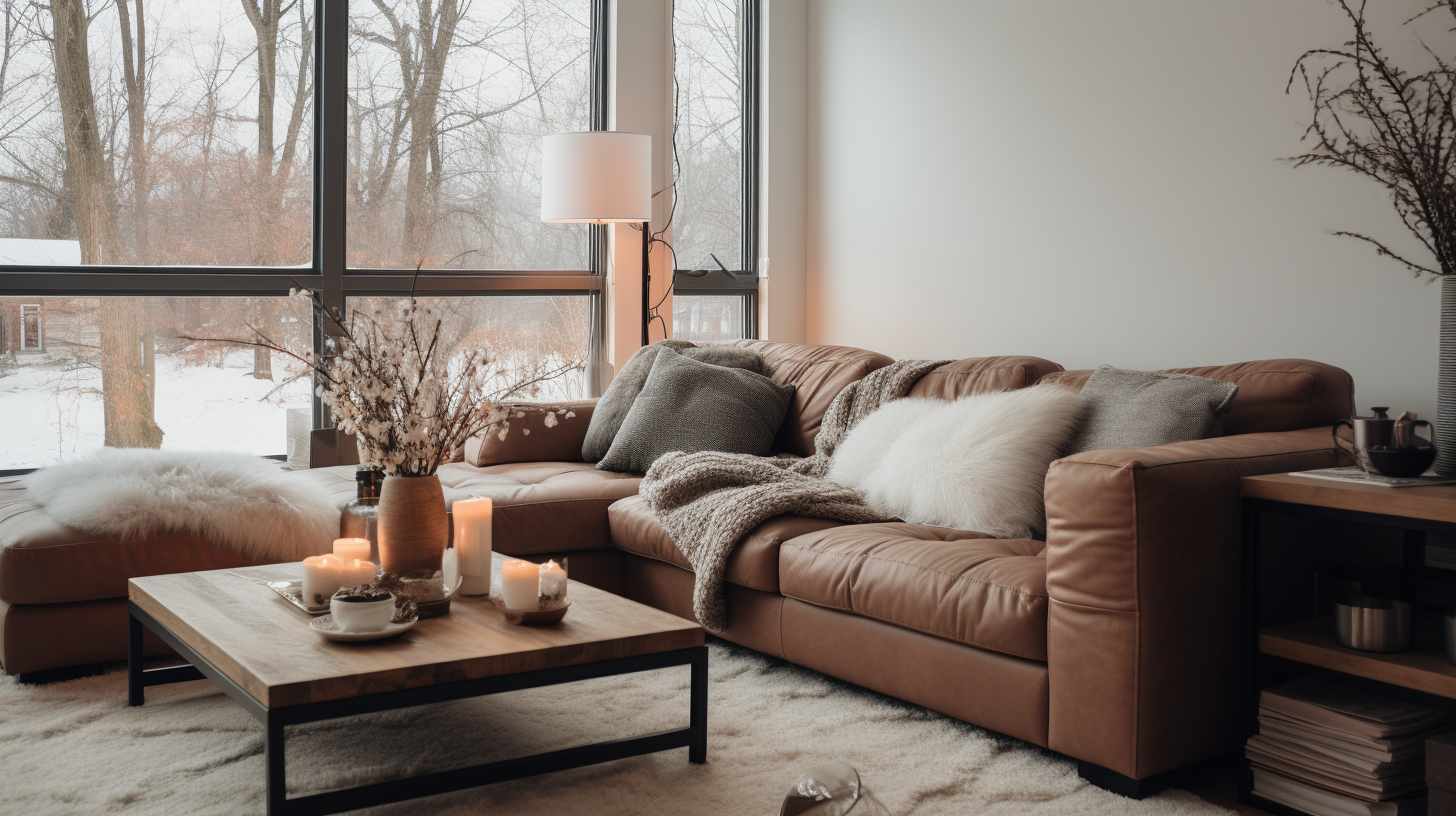
Genuine leather stands out as another natural fiber that excels in durability. It offers a unique combination of long-lasting wear resistance and aesthetic sophistication.
Leather’s texture and structural integrity make it an ideal choice for durable upholstery. It is especially suitable for high-traffic areas and furniture subjected to heavy use. Its long-lasting durability is well known, as its initial stiffness softens over time to provide both comfort and resilience.
Leather is a durable upholstery fabric that exudes luxury. But, it requires specific care to prevent cracking and maintain its lustrous appearance.
3. Linen
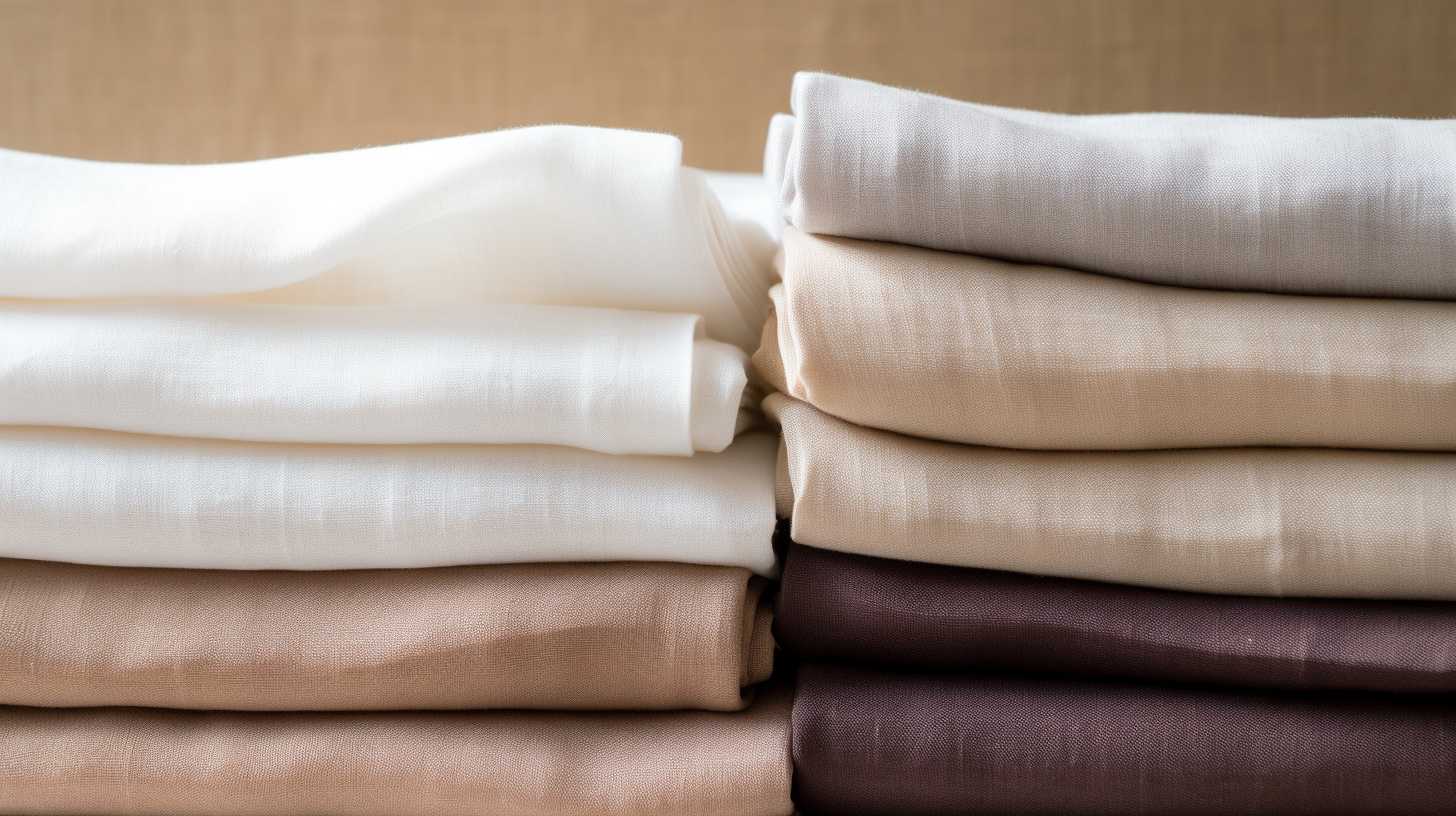
Renowned for its high tensile strength, linen emerges as a robust contender. It offers a natural resistance to common wear and environmental factors. As a favorite among natural upholstery fabrics, linen’s inherent qualities make it not just a functionally durable fabric but also an aesthetically pleasing choice. It gracefully balances the line between delicate fabrics and resilient materials.
- High Tensile Strength: Endows linen with excellent durability and longevity.
- Resistance to Pilling and Abrasion: Maintains the integrity of the fabric’s surface.
- Breathability and UV Resistance: Protects against environmental factors and enhances comfort.
- Structural Retention: Despite its tendency to wrinkle, linen’s strength prevents it from losing shape over time.
4. Canvas
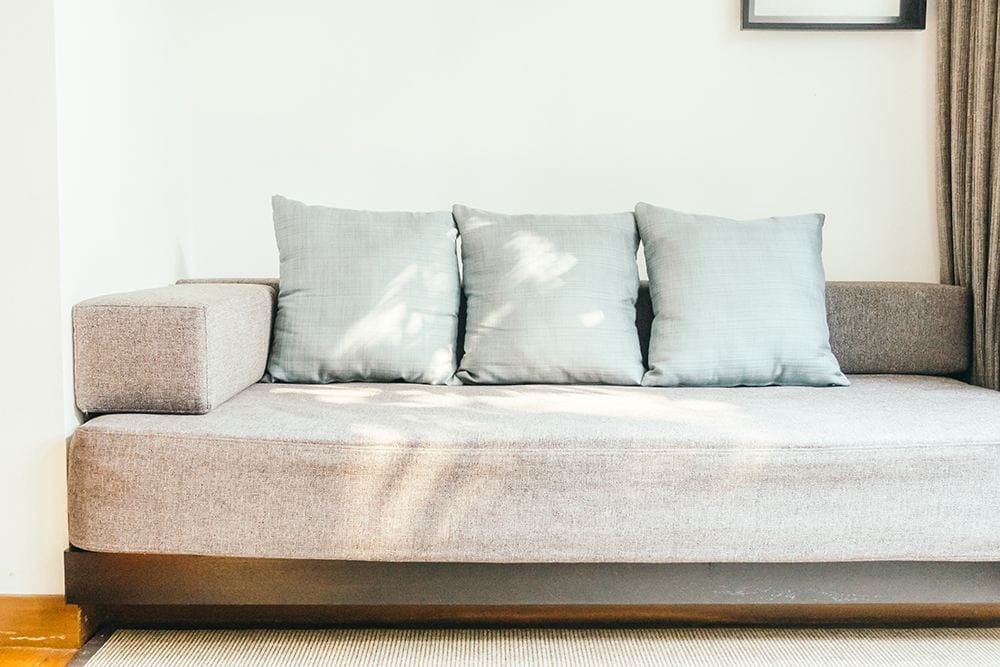
Amidst the natural fiber upholstery materials, canvas stands out for its unparalleled durability. This makes it a prime choice for furniture with high use levels and environmental exposure. The fabric’s tightly woven structure confers a robustness. It is well-suited to settings demanding high abrasion resistance. Canvas, with its dense interlacing of threads, offers enduring quality. It is also a great choice for high traffic areas where furniture must withstand rigorous wear.
The material’s versatility in terms of aesthetics matches its technical merits. This allows it to integrate into various design schemes while providing functional resilience. Although canvas may have a utilitarian texture, it is a durable and excellent option for those prioritizing longevity.
5. Wool

Wool is another formidable natural fiber, boasting inherent qualities contributing to its resilience and longevity. When choosing the right upholstery fabric, the durability of wool makes it an excellent choice. Because it will endure the rigors of daily life.
Consider these technical aspects of wool:
- Abrasion Resistance: High resistance to wear, perfect for high-traffic areas.
- Stain-Resistance: Naturally repels spills for easy cleaning.
- Flame-Resistant: Adds a layer of safety to your furniture.
- Long-Lasting Wear: With proper care, it maintains its appearance over time.
Wool’s aesthetic and practical attributes make it a top fabric for upholstery. It harmonizes long-term functionality with classic elegance.
Most Durable Fabrics for Upholstery: Synthetic Fiber
Synthetic fibers offer a spectrum of durability tailored for various upholstery applications.
These materials are engineered for high resilience. They can effectively resist wear and maintain structural integrity under stress.
6. Polyester

Among the durable upholstery materials, polyester is a synthetic fiber celebrated for its robustness and resilience against everyday wear and tear. As a testament to its capabilities, consider the following attributes:
- Resistance to Abrasion: Polyester is a synthetic that endures intensive use without succumbing to wear. This makes it a popular choice for high-traffic areas.
- Colorfastness: Its ability to maintain color vibrancy even after prolonged exposure to sunlight is exceptional.
- Anti-pilling: Polyester’s resistance to pilling guarantees a smooth appearance over time.
- Easy Maintenance: Polyester is a great option for furnishings. It demands minimal upkeep due to its easy cleaning.
This durable fabric ensures both longevity and aesthetic appeal, backed by technical advantages.
7. Rayon
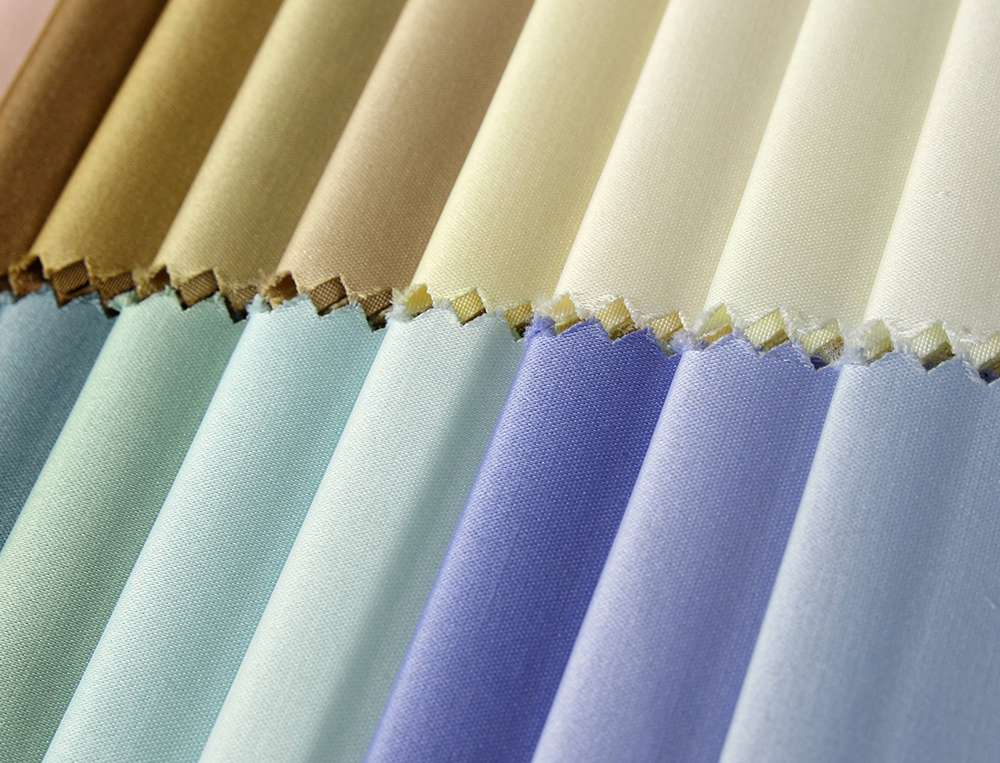
Building on the resilience of polyester, rayon stands as another synthetic fiber. It offers robust durability and is frequently chosen for high-use upholstery applications.
When starting an upholstery project, choosing a fabric that combines aesthetics with long-term performance is paramount. Rayon emerges as a formidable upholstery material. It is famous for its high abrasion resistance, which speaks directly to its suitability for furniture that endures significant daily wear.
Options for upholstery fabric are numerous, yet rayon distinguishes itself with superior colorfastness. This ensures the vibrancy of hues remains intact even under the duress of sunlight.
Furthermore, its anti-pilling nature preserves the fabric’s pristine surface. This secures rayon’s position as a reliable contender in the realm of durable upholstery solutions.
8. Velvet
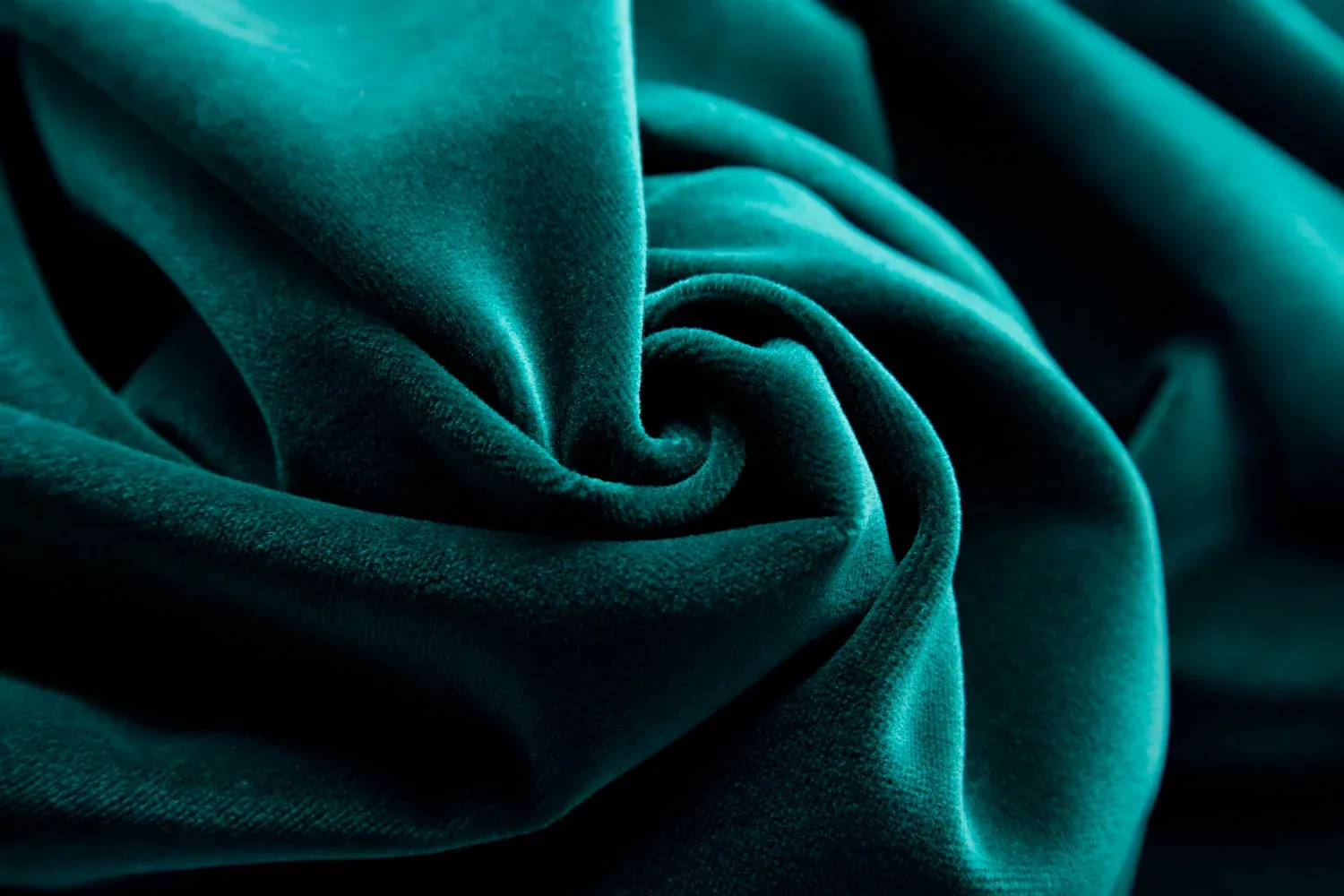
Velvet is an exquisite upholstery fabric that combines luxurious texture with durability. It is a prime example of how synthetic fibers can excel in home decor. When choosing upholstery fabrics, velvet is the best for those who desire both aesthetic appeal and functionality. Its resilience makes it a good choice for high-traffic areas. This ensures that upholstered furniture retains its elegance over time.
- High Abrasion Resistance: Ideal for daily wear and tear.
- Stain-resistant: Simplifies cleaning and maintenance.
- Luxurious Appearance: Adds a rich, sophisticated look to any space.
- Versatile Application: Suitable for various furniture pieces, from sofas to accent chairs.
Velvet’s popularity in upholstery is due to its technical and aesthetic qualities. It is an informed selection for both designers and homeowners.
9. Nylon
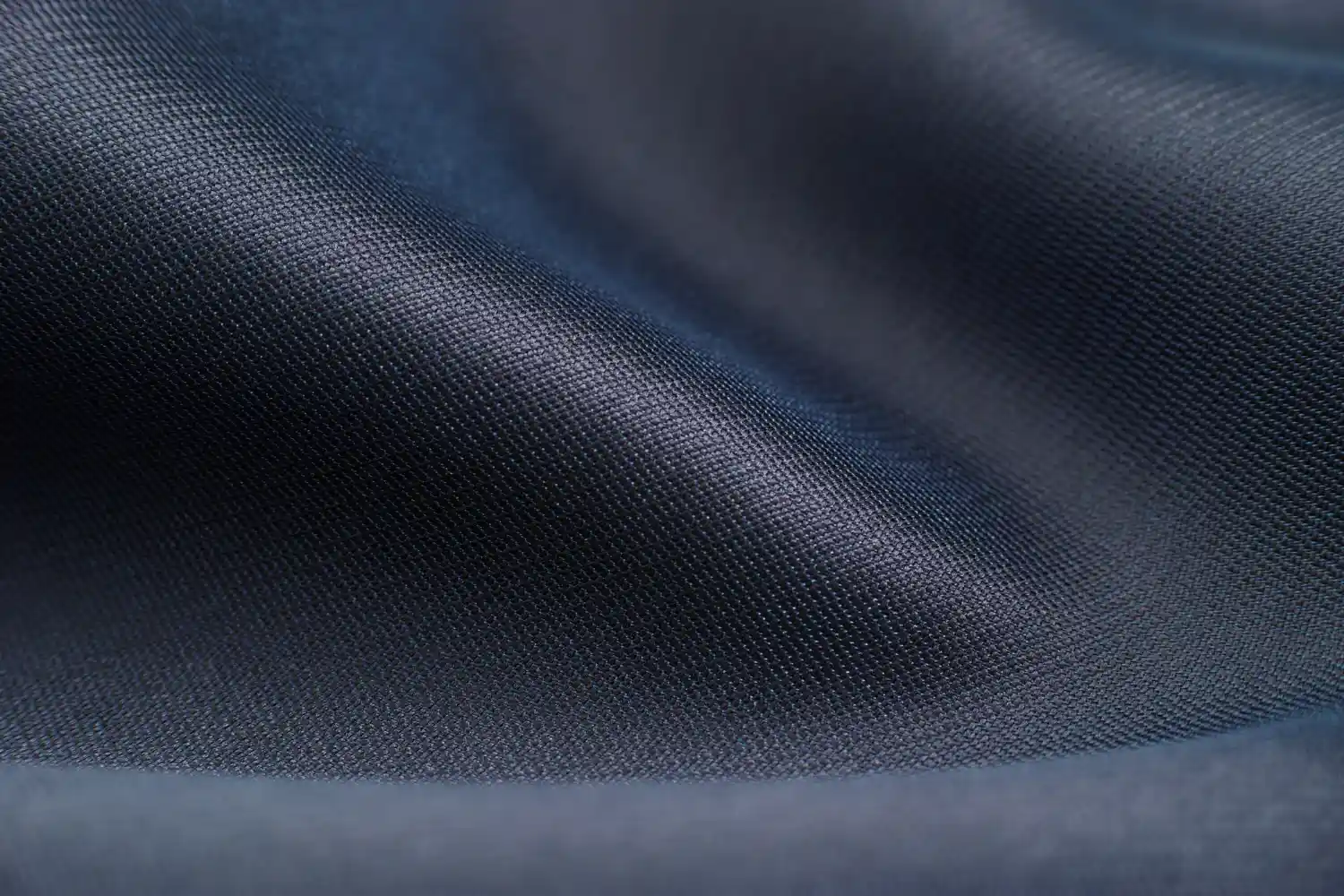
Nylon has exceptional tensile strength and superior abrasion resistance. It stands as a pillar among synthetic fibers. It offers unparalleled durability for upholstery applications. This textile is probably the most durable fabric available for furniture subjected to daily use and wear.
The nylon composition allows it to repel dirt and wrinkles, maintaining a fresh appearance over prolonged periods. When blended with other fibers, nylon enhances durability and resilience. It often becomes the material of choice for high-traffic environments.
Despite being prone to fading and pilling, nylon’s durability and soil resistance make it a steadfast contender for long-lasting upholstery solutions.
10. Microfiber
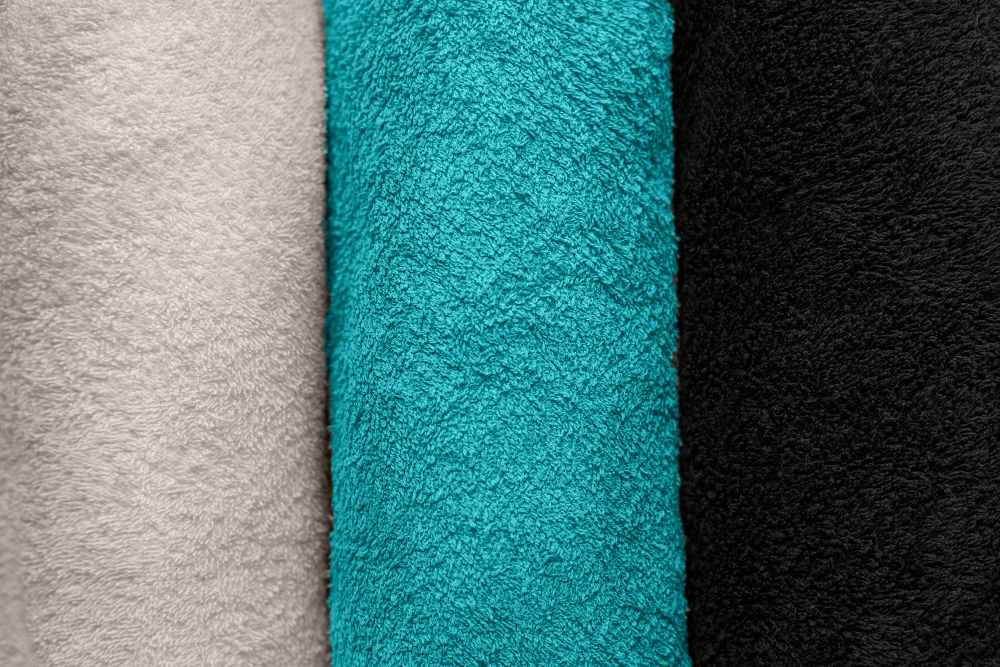
With its tightly woven composition, microfiber is a leading choice in durable upholstery fabrics. It combines long-lasting colorfastness with exceptional resistance to water and stains. This material is a great choice for furniture that will face the rigors of everyday use.
When choosing the right fabric, microfiber presents several compelling advantages:
- Exceptional Durability: Resists wear and tear, maintaining its appearance over time.
- Stain Resistance: Spills and spots can be cleaned easily, preventing long-term damage.
- Color Retention: Maintains vibrant color even under constant use and exposure to sunlight.
- Comfort and Aesthetics: Provides a soft, suede-like texture. Blend functionality with a plush look.
In a technical context, microfiber is an informed selection for both residential and commercial settings.
11. Faux Leather
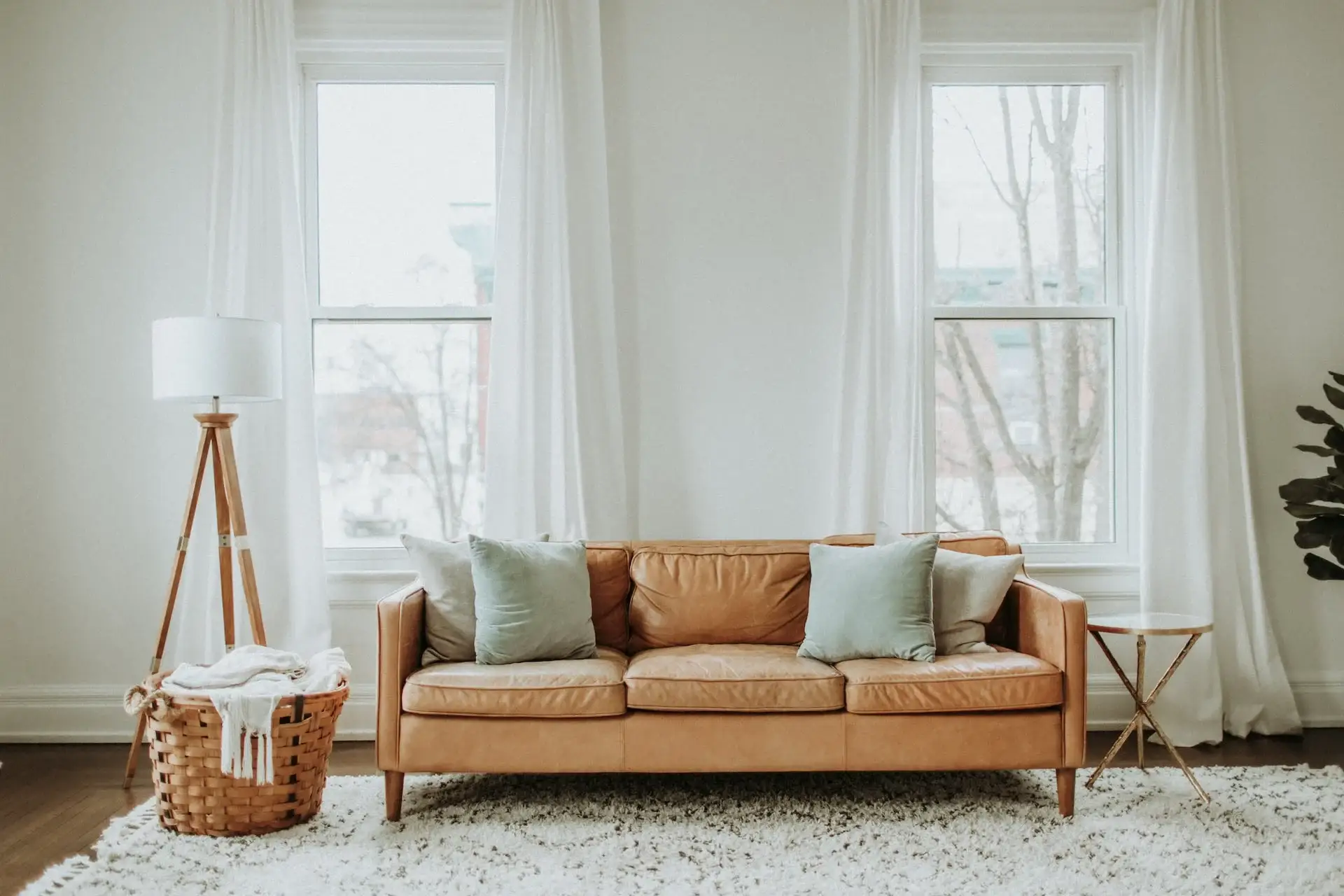
Faux leather is another formidable option, thanks to its synthetic fiber construction. When choosing the best fabric for high-traffic areas or households with children, faux leather offers a practical solution. Its inherent resistance to stains and ease of cleaning are essential qualities. These make it a staple in the best upholstery selections.
Unlike genuine leather, faux leather maintains its color even with prolonged sunlight exposure. This is crucial for furniture longevity. Furthermore, its anti-pill properties ensure that the material maintains a smooth and unworn appearance over time. This makes it an excellent choice for upholstery fabrics that need everyday durability.
12. Olefin (Polypropylene)

Harnessing the robustness of synthetic fibers, olefin (polypropylene) is a superior upholstery fabric. It is popular for its exceptional resistance to water, stains, and daily wear. As one of the most durable upholstery fabrics, olefin is a popular choice among designers and homeowners alike.
- Water and Stain Resistant: Olefin repels liquids, making it ideal for spill-prone environments.
- Highly Durable: Olefin’s composition includes plastic pellets, contributing to its impressive abrasion resistance.
- Mildew and Discoloration Resistant: The fabric’s synthetic nature inhibits mildew growth and prevents fading.
- Maintenance: Easy to clean and maintain, olefin remains a pragmatic and aesthetic option.
In the realm of olefin, functionality meets style, ensuring long-lasting appeal and utility.
Are Synthetic Fabrics More Durable Than Natural Fabrics?
Synthetic fabrics usually surpass their natural counterparts in durability. Because they have inherent resistance to wear, stains, and sunlight degradation.
Microfiber is a high-quality textile made primarily of polyester. It is highly regarded for its durability. Its tightly woven fibers form a barrier that repels moisture and prevents staining. This makes it a stalwart among durable upholstery fabrics.
Nylon is another synthetic option that offers significant longevity. Frequently blended with other fibers, nylon increases the durability of upholstery fabrics. Although it is durable and resists wrinkling and soiling, prolonged use may cause fading or pilling, which can diminish its aesthetic appeal over time.
Olefin, produced from synthetic plastic pellets, stands out for its exceptional durability. It can withstand heavy use, repel stains, and resist mildew. Additionally, its colorfastness is superior. This is an essential attribute for fabrics used in sunny environments or outdoor furniture.
Regarding upholstery applications, synthetic fabrics offer greater durability than natural fibers, despite the latter providing comfort and breathability.
Conclusion
In summary, selecting durable upholstery fabrics needs a comprehensive evaluation of fiber content, weave density, and treatment processes.
Both natural and synthetic fibers are durable. But tightly woven natural fabrics like canvas and synthetic microfibers are the most long-lasting.
Industry-standard testing methods play a pivotal role in determining fabric resilience.
A discerning approach that balances durability with design is crucial, informed by technical understanding and aesthetic sensibilities.
FAQs
What is the longest-lasting upholstery fabric?
The longest-lasting upholstery fabric is typically a high-quality synthetic microfiber. It is famous for its superior resistance to wear, stains, and fading. This ensures enduring appearance and functionality in demanding environments.
What is the hardest-wearing upholstery fabric?
The hardest-wearing upholstery fabric usually includes tightly woven microfiber and canvas. They are famous for their exceptional durability and resistance to wear. They are ideal for high-traffic furniture applications.
What is the best fabric for reupholstering a couch?
The best fabrics for couch reupholstery are microfiber and leather. They offer both durability and an aesthetic appeal, while also being easy to maintain.
Learn more fabric knowledge from Longan Craft Blog, dive into the fabric world with Longancraft

